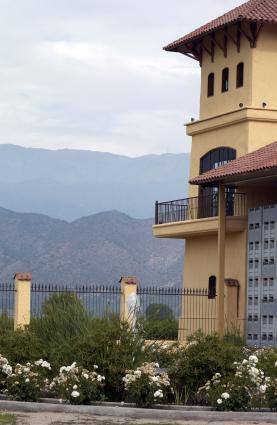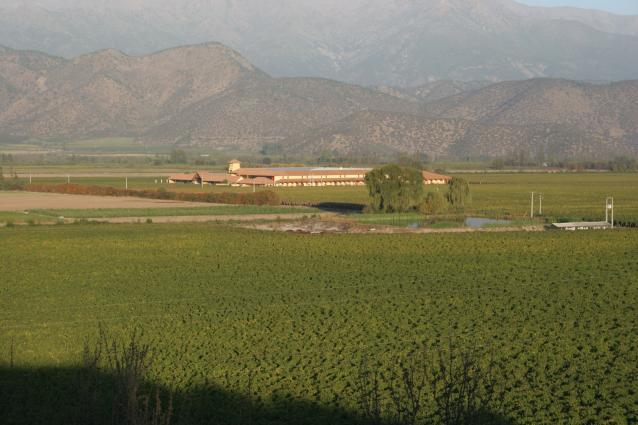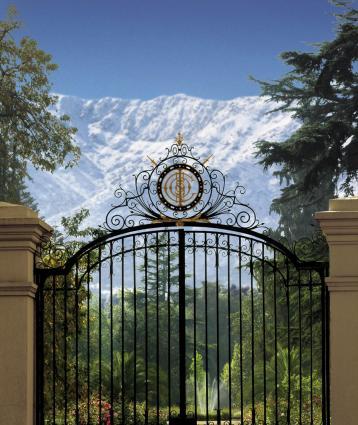Cousiño-Macul Antiguas Reservas Chardonnay
Cousiño-Macul Antiguas Reservas Chardonnay
Cousiño-Macul's first Antiguas Reservas Chardonnay was made in 1969. Since then, this trademarked designation applies to a selection of Chardonnay that represents the finest of the vintage. The selection process starts in the vineyard with the restriction of the yield per vine and continues throughout the winemaking process.
Wine Production
The climate during season 2015-2016 was not usual comparing it with past years. The main effects were over the health of the grapes due to strong showers during April; a delay in the ripening period due to a cold spring; and lower general yield due to both conditions. All our wines are expected to develop very well ending up fresh and with good natural acidity. In the case of whites, they will show lower alcohol levels. In the case of reds, they will be elegant with flower notes and fruity. In general, we´ll get lower yields but high quality wines, representatives of the climate conditions, origin and variety.
Tasting Notes
Our Antiguas Reservas Chardonnay 2016 has a distinctive golden and bright color with aromas that remind us to fresh pineapple, honey and passionfruit. While tasting, it shows a fresh acidity and great volume with a long mouthfeel. This wine finds a balance where the freshness and varietal characteristics are very present while the oak used adds just a bit of complexity to enrich the experience.
Food Pairing
Ideal for pairing with medium intensity seafood preparations, shrimp risotto or grilled fish. It is an excellent choice also to drink while having a Caesar Salad or similar preparations.
Cousiño-Macul's first Antiguas Reservas Chardonnay was made in 1969. Since then, this trademarked designation applies to a selection of Chardonnay that represents the finest of the vintage. The selection process starts in the vineyard with the restriction of the yield per vine and continues throughout the winemaking process.
Wine Production
The climate during season 2015-2016 was not usual comparing it with past years. The main effects were over the health of the grapes due to strong showers during April; a delay in the ripening period due to a cold spring; and lower general yield due to both conditions. All our wines are expected to develop very well ending up fresh and with good natural acidity. In the case of whites, they will show lower alcohol levels. In the case of reds, they will be elegant with flower notes and fruity. In general, we´ll get lower yields but high quality wines, representatives of the climate conditions, origin and variety.
Tasting Notes
Our Antiguas Reservas Chardonnay 2016 has a distinctive golden and bright color with aromas that remind us to fresh pineapple, honey and passionfruit. While tasting, it shows a fresh acidity and great volume with a long mouthfeel. This wine finds a balance where the freshness and varietal characteristics are very present while the oak used adds just a bit of complexity to enrich the experience.
Food Pairing
Ideal for pairing with medium intensity seafood preparations, shrimp risotto or grilled fish. It is an excellent choice also to drink while having a Caesar Salad or similar preparations.






